GPCR/G protein

All GPCRs share a common seven trans-membrane structure. GPCRs are associated with heterotrimeric G-proteins which are GTP-binding proteins made of alpha, beta, and gamma subunits. When a ligand binds to GPCR, it activates the attached G-protein, the GDP is replaced with GTP. The activated G-protein then dissociates into an alpha and a beta-gamma complex which activates downstream signaling pathways. These intracellular signaling pathways include cAMP/PKA, calcium/NFAT, phospholipase C, protein tyrosine kinases, MAP kinases, PI-3-kinase, nitric oxide/cGMP, Rho, and JAK/STAT.
GPCRs are one of the most important therapeutic targets for various diseases, over 30% of all modern medicinal drugs target this family. Aberrant GPCR functions are involved in pathological conditions such as neurological, immunological and hormonal disorders. A large number of GPCRs have been identified, but whose ligands are not known, are classified as orphan receptors.
-
 B6678 Abn-CBDSummary: GPR55 cannabinoid receptor agonist
B6678 Abn-CBDSummary: GPR55 cannabinoid receptor agonist -
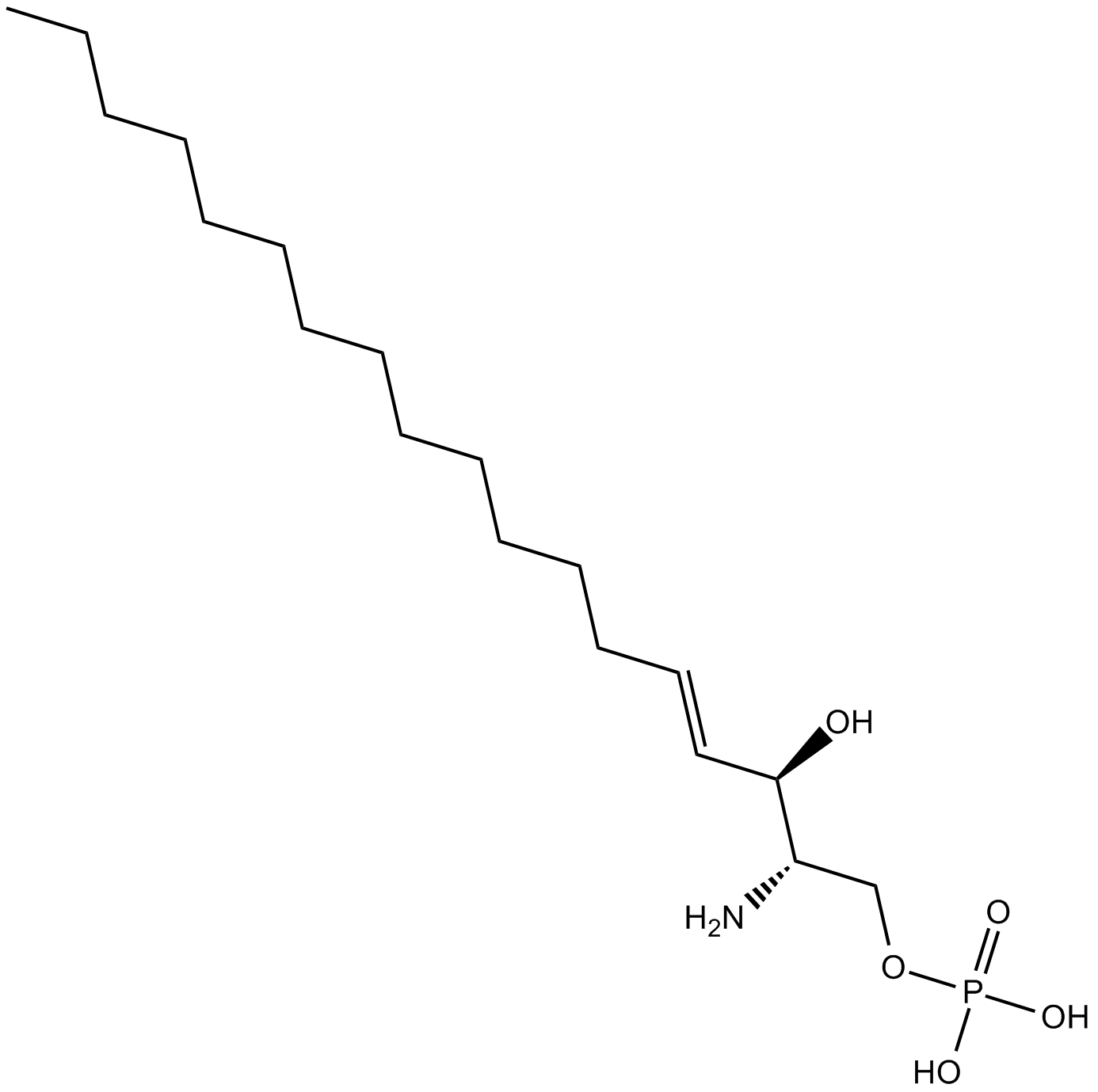 B6707 Sphingosine-1-phosphateSummary: endogenous second messenger and ligand for S1PR1
B6707 Sphingosine-1-phosphateSummary: endogenous second messenger and ligand for S1PR1 -
 B6732 MAFPSummary: cPLA2 and iPLA2 inhibitor, potent FAAH inhibitor
B6732 MAFPSummary: cPLA2 and iPLA2 inhibitor, potent FAAH inhibitor -
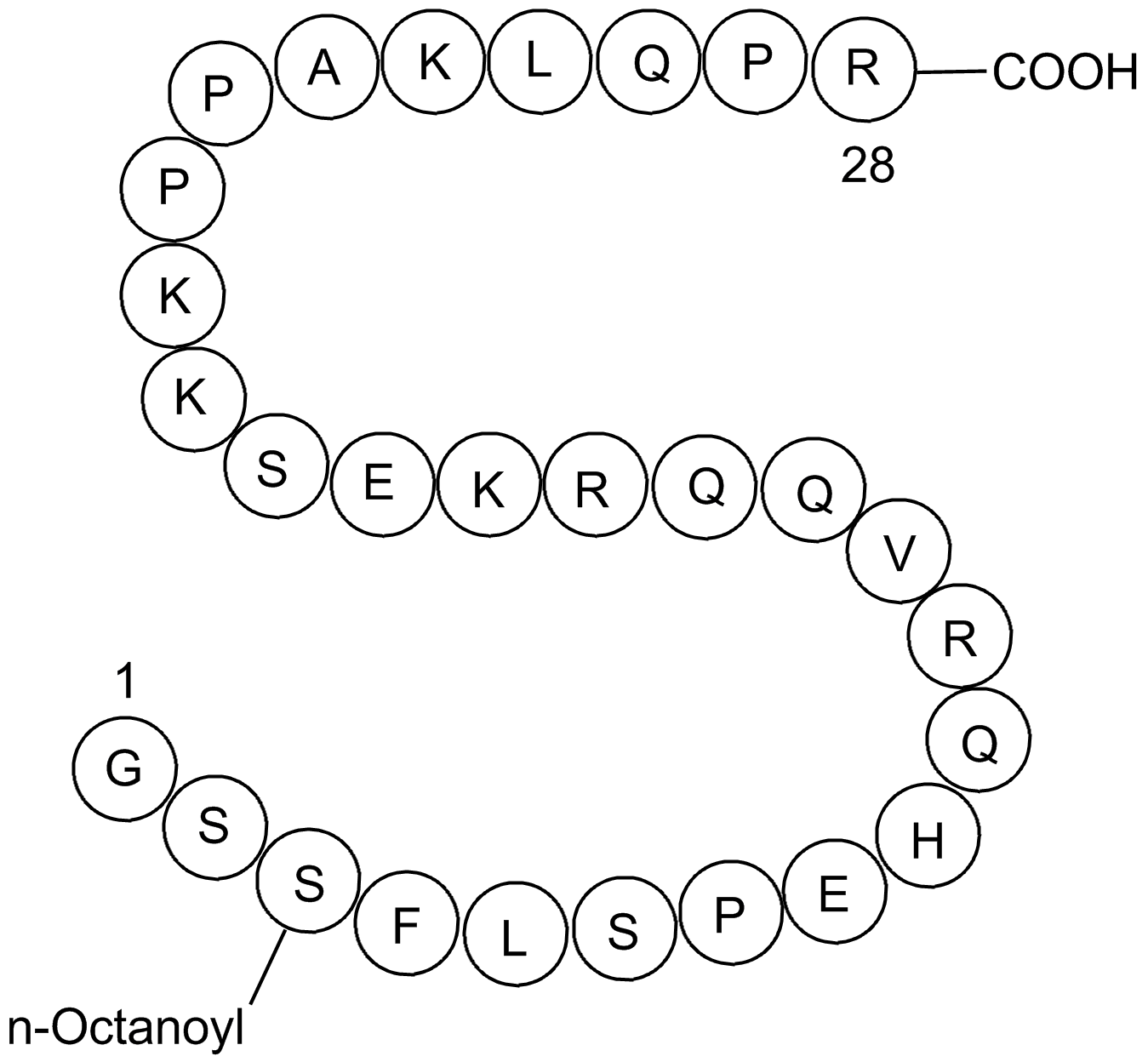 B6749 Ghrelin (human)Summary: Endogenous agonist for ghrelin receptor (GHS-R1a)
B6749 Ghrelin (human)Summary: Endogenous agonist for ghrelin receptor (GHS-R1a) -
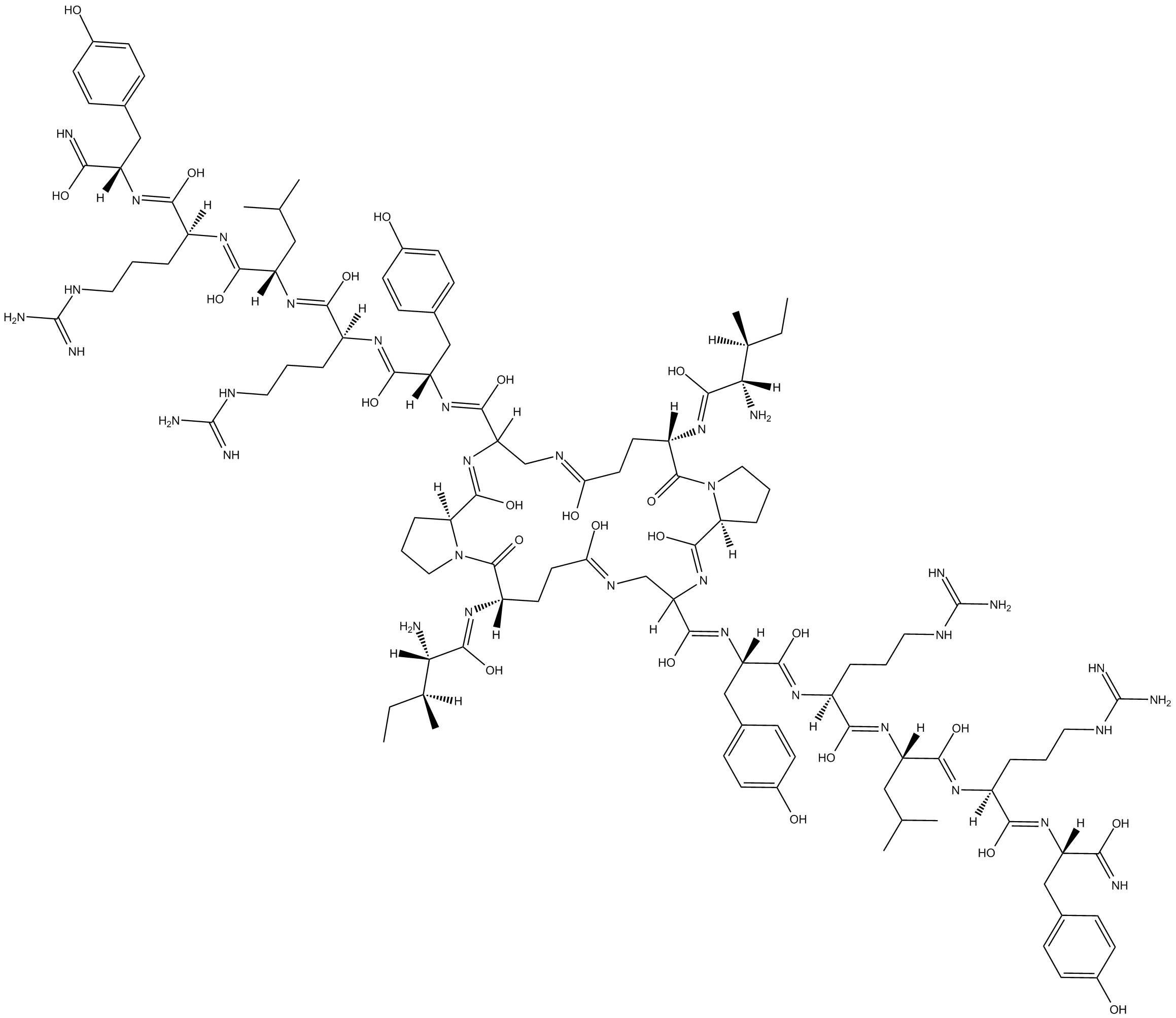 B6760 GR 231118Summary: neuropeptide Y (NPY) Y1 receptor antagonist
B6760 GR 231118Summary: neuropeptide Y (NPY) Y1 receptor antagonist -
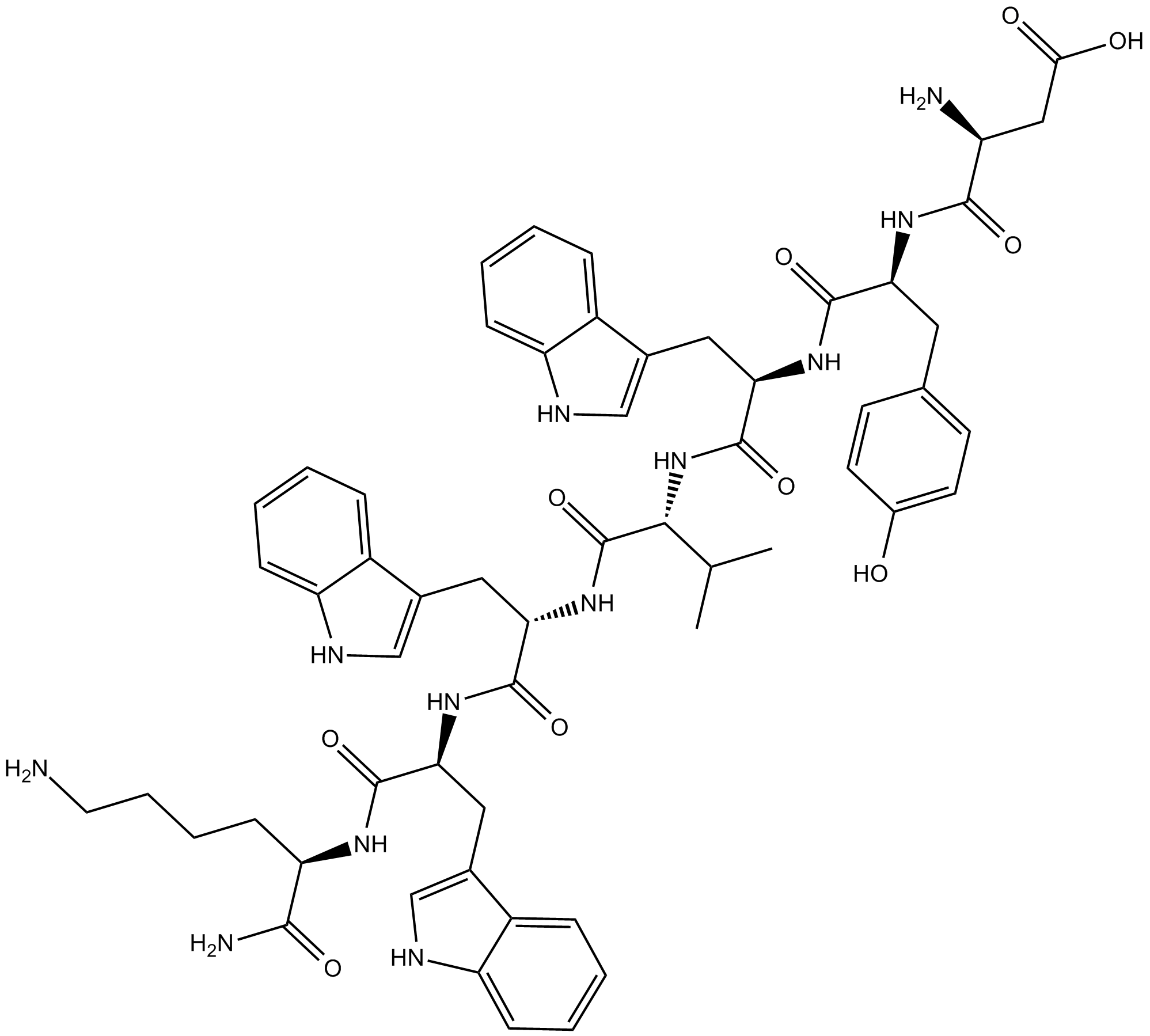 B6809 MEN 10376Summary: NK2 receptor antagonist
B6809 MEN 10376Summary: NK2 receptor antagonist -
![[bAla8]-Neurokinin A(4-10)](/pub/media/prod_images/b/6/b6813.png) B6813 [bAla8]-Neurokinin A(4-10)Summary: NK2 receptor agonist
B6813 [bAla8]-Neurokinin A(4-10)Summary: NK2 receptor agonist -
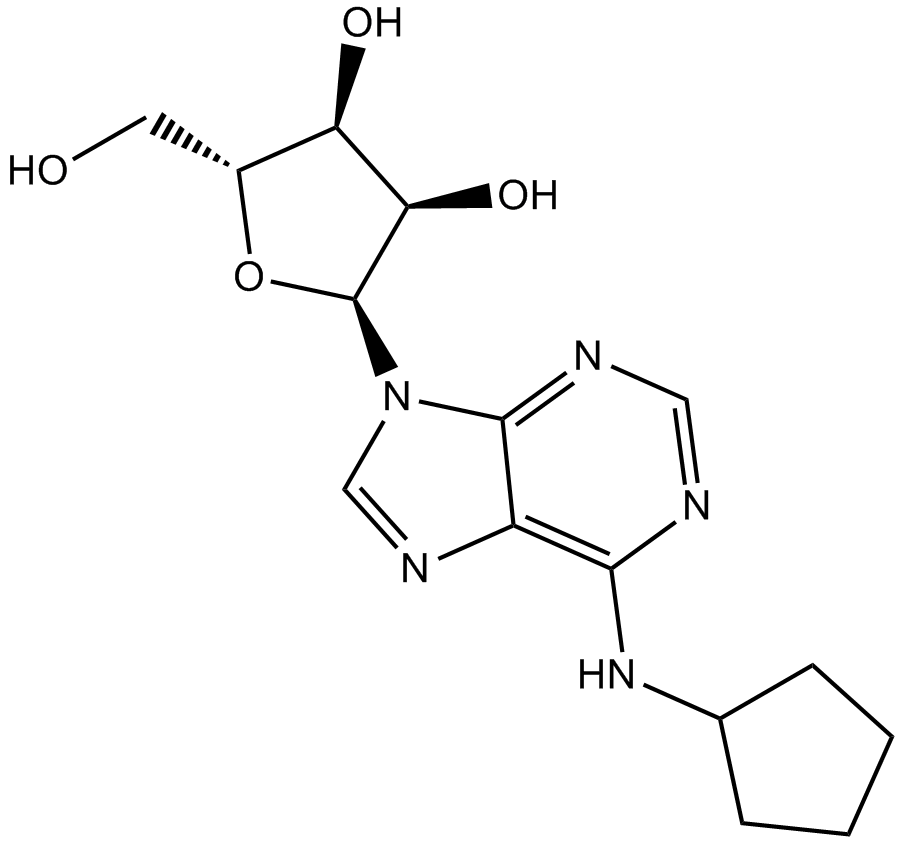 B6838 N6-CyclopentyladenosineSummary: adenosine A1 receptor agonist
B6838 N6-CyclopentyladenosineSummary: adenosine A1 receptor agonist -
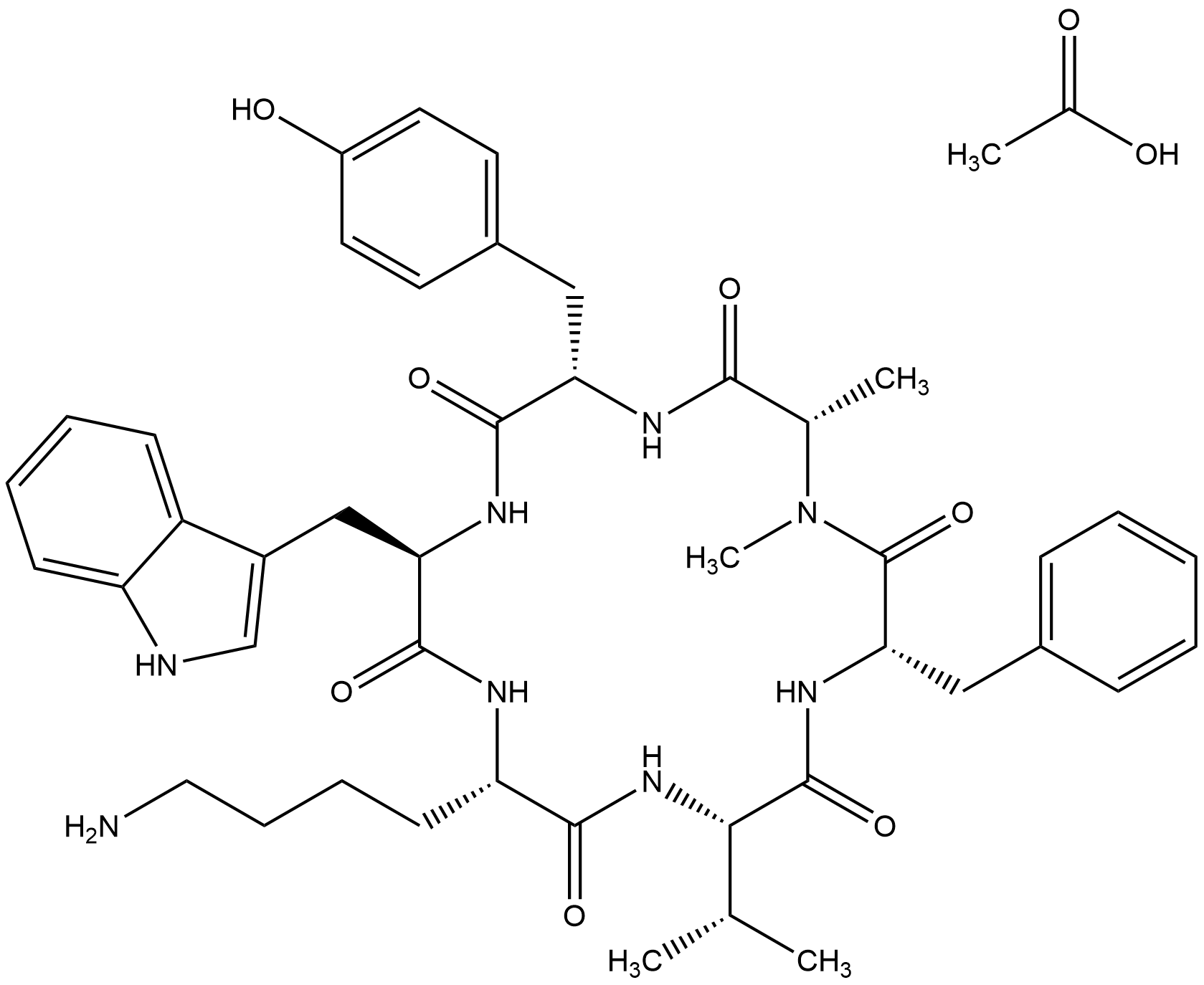 B6871 Seglitide acetateSummary: sst2 and sst5 somatostatin receptors agonist
B6871 Seglitide acetateSummary: sst2 and sst5 somatostatin receptors agonist -
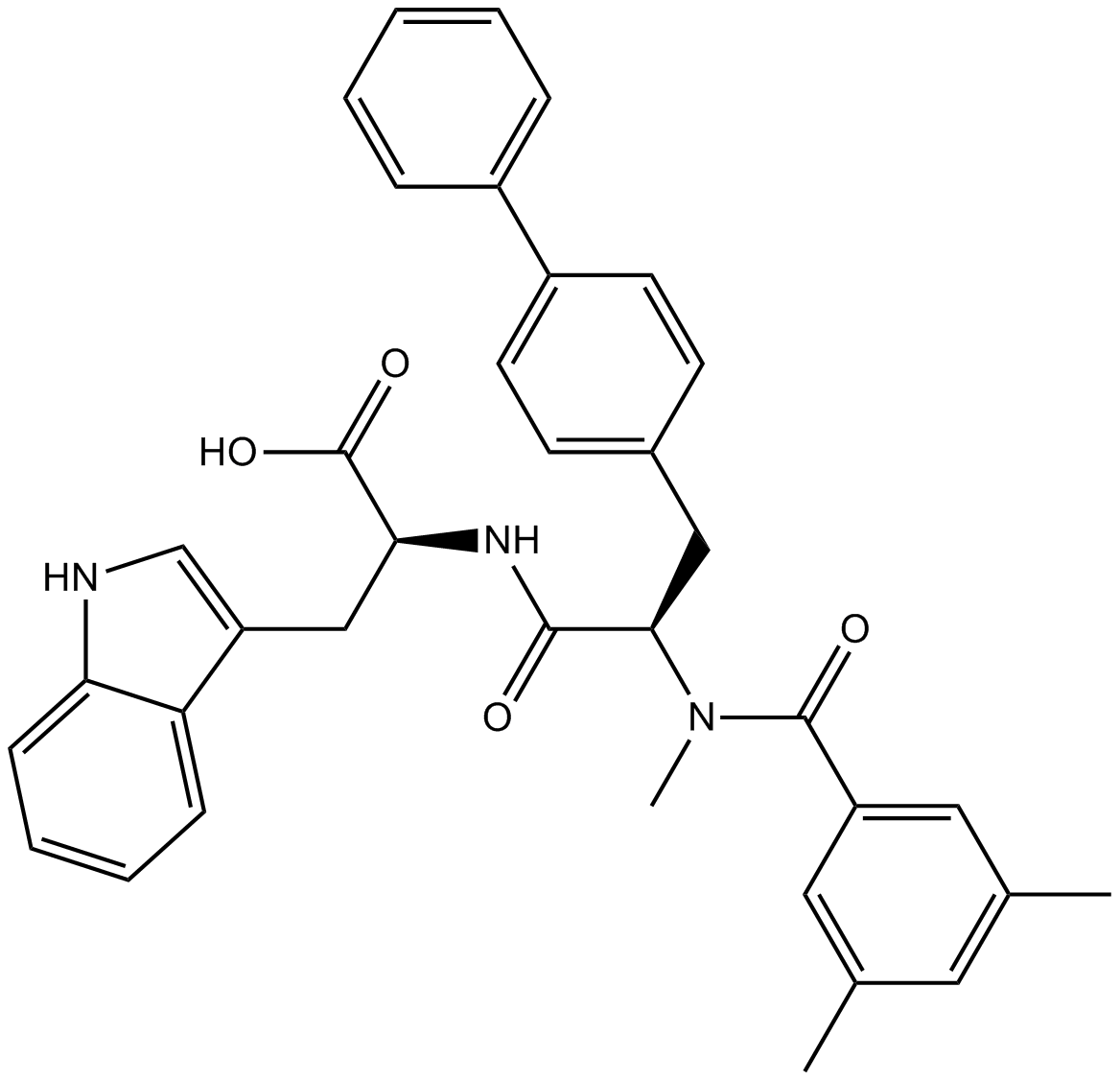 B6872 IRL-2500Target: ETA Receptors|ETB ReceptorsSummary: endothelin receptor antagonist
B6872 IRL-2500Target: ETA Receptors|ETB ReceptorsSummary: endothelin receptor antagonist

